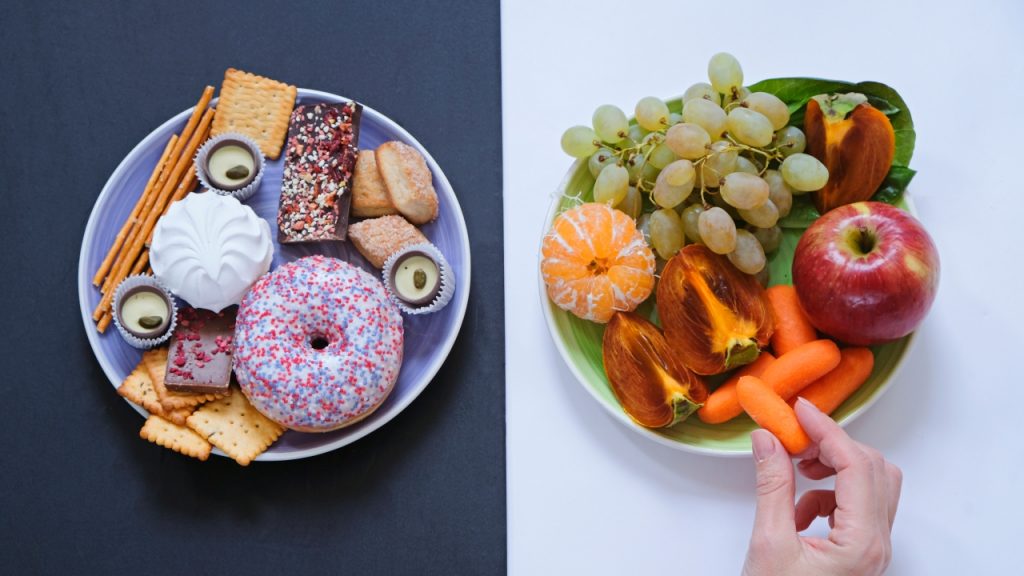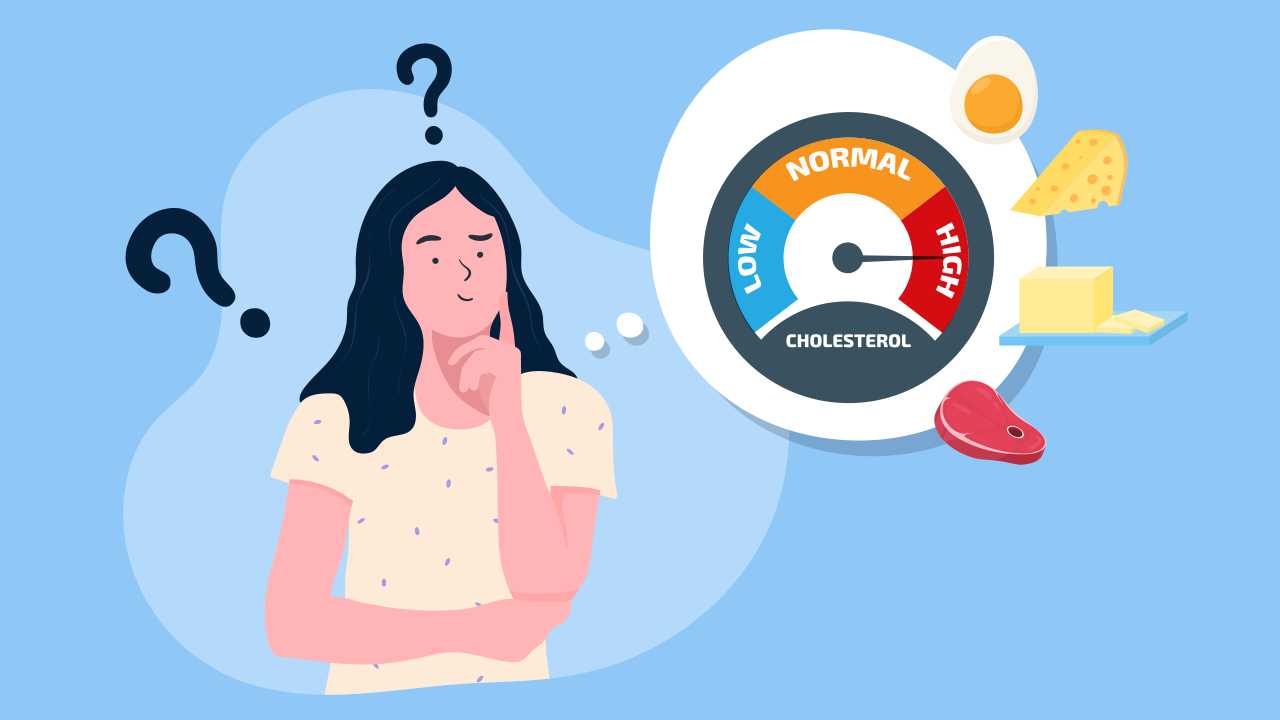
Are All Calories the Same: How to Choose Right

The term “calories” finds its way into every conversation around health and fitness. Calories supply your body with energy in the form of heat. This energy helps carry out daily activities and maintain bodily functions. It is important to understand how to pick the right calories and make each of them count.
Are all calories equal?
All calories provide you with the same amount of energy, but not all are equal in quality. Let’s find out what this means.
1. Source matters
Unprocessed and minimally processed plant and animal foods usually provide calories that have high nutritional value since their micronutrients are intact. Refined foods on the other hand, are stripped of essential nutrients like vitamins and minerals while processing — so they may supply you with calories but not as many nutrients.
Compare a whole potato with deep-fried potato chips. Potato in its natural form contains resistant starch, which helps maintain a healthy gut. Potato skin is rich in nutrients like vitamin C and potassium, among others. Research says that the best way to reap the benefits of potatoes is to boil them in water before cooling and consuming them.
However, in order to make deep-fried potato chips, you peel the potatoes, and chop, fry and season them. Peeling and frying leads to loss of nutrients. The additional fats and salt increase their calories, saturated fat, and sodium content. A simple whole food, although made more palatable, thereby loses its essence entirely.
Therefore, ensuring that foods remain closest to their original form and processed minimally for consumption, may work best when it comes to your health.
2. Different macronutrients are processed differently in the body
Foods high in protein, when compared to carbohydrates and fat, burn more calories in order to be digested and absorbed in the body. Therefore, adding protein-rich foods like eggs, chicken, tofu, and beans to your diet will allow you to burn more calories.
What is interesting is that both carbohydrates and protein provide the same amount of calories (4kcal) per gram of food. Proteins however, keep you fuller for longer as they have a high-satiety index. So, a jam sandwich will make you feel hungry faster than a grilled chicken/ tofu sandwich, even if both supply the same number of calories. The grilled chicken sandwich, being high in protein, will sustain you for a longer period of time.
Also watch: Are All Calories the Same?
How to choose the right calories

Now, if all calories aren’t the same, how do you decide which foods are better for your body?
Simply put, it may be wiser to choose foods that undergo minimal processing. They would have higher quantities of nutrients like vitamins, minerals, or protein per gram of food. Fruits, vegetables, whole grains, and beans are examples.
Alternatively, foods that supply your body with fewer nutrients per gram of food, such as sweets, deep-fried foods, cheese, chips, sugary beverages, and alcohol, are usually high in fat, sugar, and refined carbohydrates. These are best consumed occasionally.
How can labels help you choose quality calories?
When selecting food at a grocery store, read the nutrition labels to pick ones that have the least processed ingredients.
The ingredients that a product contains are listed on the label in order of their dominance. So, whatever is present in the largest quantity will be listed first. The key is to look for ingredients that are whole, unprocessed, or as they exist in their natural form
You could also look at the total dietary fiber a product provides to estimate how processed or unprocessed it may be. Additionally, be wary of foods with added sugar, high fructose corn syrup, trans fat, and their various forms. Even though they make foods palatable, they aren’t necessarily the best for your health.
For some food items, knowing the source, or method of processing may also make a difference. Hand-pounded rice for instance, is less processed than white polished rice, making the former a better nutritional option.
Understanding the source of your calories is key to ensuring that your food is not merely fuel, but also a source of nourishment for your body. Eat mindfully and stay as far away from processed and refined foods as possible. Your body will thank you later.
References
1. Feinman RD, Fine EJ. “A calorie is a calorie” violates the second law of thermodynamics. Nutr J 2004; 3: 9.
2. Jéquier E. Pathways to obesity. Int J Obes Relat Metab Disord 2002; 26: S12–7.
3. Hull M. Thermic Effect of Food. Examine.com. https://examine.com/topics/thermic-effect-of-food/ (accessed Mar 3, 2021).
4. Understanding calories. National Health Service. https://www.nhs.uk/live-well/healthy-weight/understanding-calories/ (accessed Mar 8, 2021).
5. Spell CS. There’s no sugar-coating it: All calories are not created equal. Harvard Health Publishing. 2016; published online Nov 4. https://www.health.harvard.edu/blog/theres-no-sugar-coating-it-all-calories-are-not-created-equal-2016110410602 (accessed Mar 8, 2021).
6. Goñi I, Bravo L, Larrauri JA, et al. Resistant starch in potatoes deep-fried in olive oil. Food Chem 1997; 59: 269–72.














